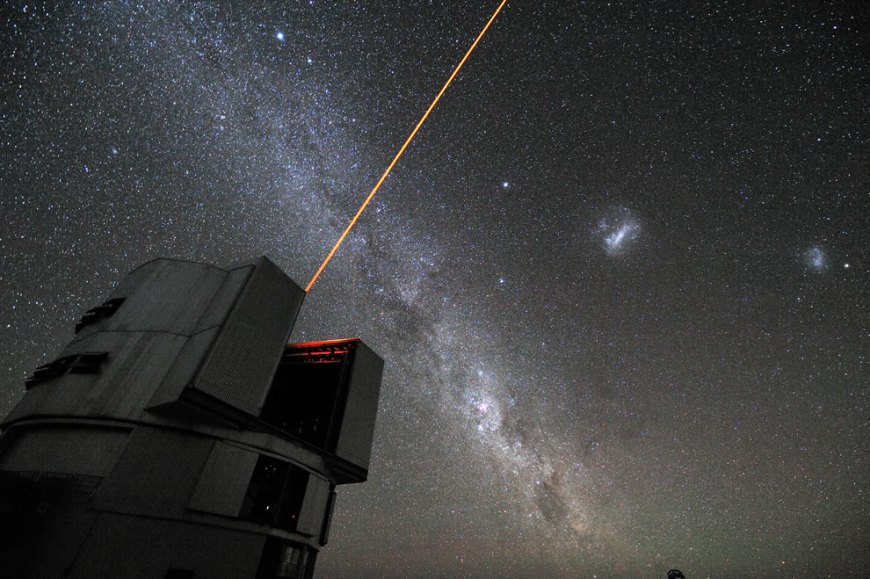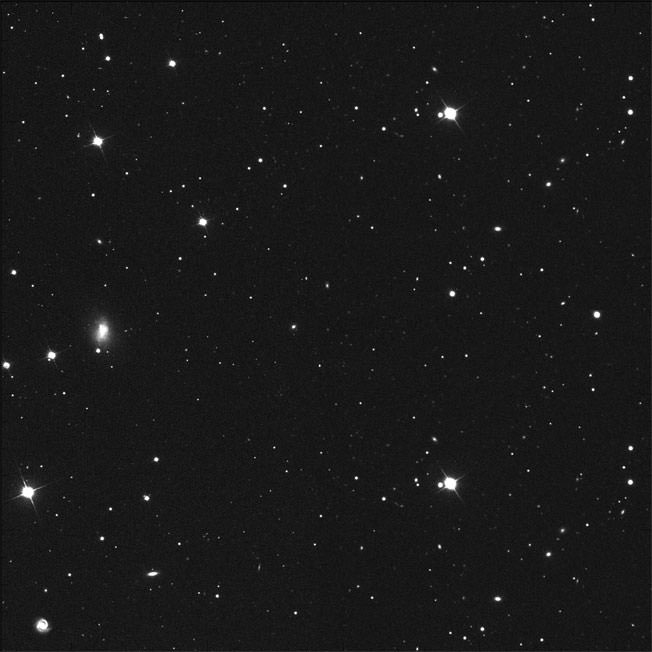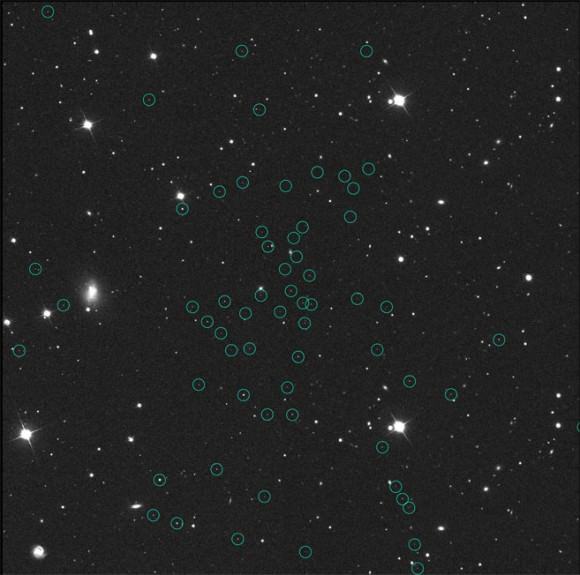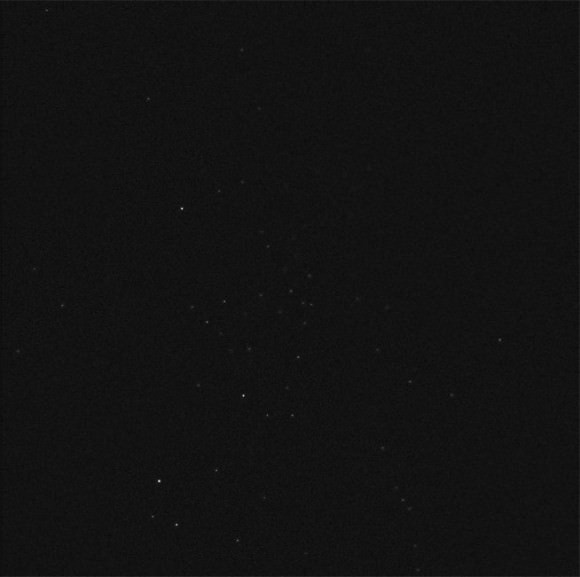A small galaxy circling the Milky Way may be a fossil left over from the early Universe.
The stars in the galaxy, known as Segue 1, are virtually pure with fewer heavy elements than those of any other galaxy known. Such few stars (roughly 1,000 compared to the Milky Way’s 100 billion) with such small amounts of heavy elements imply the dwarf galaxy may have stopped evolving almost 13 billion years ago.
If true, Segue 1 could offer a window into the early universe, revealing new evolutionary pathways among galaxies in the early Universe.
Only hydrogen, helium, and a small trace of lithium emerged from the Big Bang nearly 13.8 billion years ago, leaving a young universe that was virtually pure. Over time the cycle of star birth and death produced and dispersed more heavy elements (often referred to as “metals” in astronomical circles), planting the seeds necessary for rocky planets and intelligent life.
The older a star is, the less contaminated it was at birth, and the fewer metals lacing the star’s surface today. Thus the elements detectible in a star’s spectrum provide a key to understanding the generations of stars, which preceded the star’s birth.
The Sun, for example, is metal-rich, with roughly 1.4% of its mass composed of elements heavier than hydrogen and helium. It formed only 4.6 billion years ago — two thirds of the way from the Big Bang to now — and sprung from multiple generations of earlier stars.
But three stars visible in Segue 1 have an iron abundance that is roughly 3,000 times less than the Sun’s iron. Or to use the proper jargon, these three stars have metallicities below [Fe/H] = -3.5.
Researchers led by Anna Frebel of the Massachusetts Institute of Technology report that Segue 1 “may be a surviving first galaxy that experienced only one burst of star formation” in the Astrophysical Journal.
Not only do the low chemical abundances suggest this galaxy is composed of extremely old stars, but they provide tantalizing hints about the types of supernovae explosions that helped create these stars. When high-mass stars explode they disperse a mix of elements; But when low-mass stars explode they almost exclusively disperse iron.
The lack of iron suggests the stars in Segue 1 are the products of high mass stars, which explode much more quickly than low mass stars. It appears that Segue 1 underwent a rapid burst of star formation shortly after the formation of the galaxy in the early universe.
Additionally, six stars observed show some of the lowest levels of neutron-capture elements ever found, with roughly 16,000 fewer elements than those seen in the Sun. These elements are created within stars when an atomic nucleus grabs an extra neutron. So a low level indicates a lack of repeated star formation.
Segue 1 burned through its first generation of stars quickly. But after the young galaxy produced a second generation of stars it completely shut off star formation, remaining a relic of the early universe.
The findings here suggest there may be a greater diversity of evolutionary pathways among galaxies in the early universe than had previously been thought.
But before we can make any sweeping claims “we really need to find more of these systems,” said Frebel in a press release. Alternatively, “if we never find another one, it would tell us how rare it is that galaxies fail in their evolution. We just don’t know at this stage because this is the first of its kind.”
The paper will be published in the Astrophysical Journal and is available for download here.




